Introduction of Fire Escape Staircase
Important Point
Urbanization leads to the Construction of the High Rise building. It is also necessary to design high-rise building such that it will fulfil all the safety criteria.
It is necessary to provide fire escape in case of emergency or fire hazard. The staircase is one of the most preferred solutions for the safe emergency evacuations and fire escapes in case of emergency.
There are different types of exist that are provided to the building which are either horizontal or vertical. This exist plays a vital role during the emergency.
In this article, you will get to know all about the fire escape staircase, fire escape staircase requirements.
Fire escape staircase is widely used in the high rise buildings to permit exit to the occupants. In every structure exist should comply with the minimum requirement.
Fire escape staircase plays a vital role in the multi-storey buildings as per as the safety is concerned. Fire escape staircase is made mostly with the Steel for fire retardant materials which match the architectural style and interior of the structure.
Also, Reads: Types of Stair | Stairs Parts Names & Details
What Are Fire Escape Staircases?
The Fire escape staircase as is a special type of emergency exist which plays an important role to safely exit from the building during an emergency or any fire hazard.
Fire escape staircase is widely used in the multi-storey residential buildings for commercial buildings.
Every building should have a fire escape staircase to permit the safe escape of occupants in case of the emergency. Fire escape should be constructed with non-combustible materials.
The building should be properly designed and constructed as per the required fire safety according to the fire protection of the National Building Code of India.
Fire escape stairs are mainly governed by the two main aspects which are the Stability and Access.
Also, Read: What Is Staircase | Staircase Design Calculation Example | Concrete Calculation of Staircase
Types of Fire Escaping Stairs
Different types of fire escaping stairs are as follows
- Drop Ladder
- Counterbalanced Stairs
- Gooseneck Ladder
1. Drop Ladder
Drop letter is one of the best fire escape equipment which is widely used in case of emergencies. These types of order can be permanently fixed and it is safe and stable so that anyone can use it.
The drop letter should be fitted close to the window so it can be easily used during the emergency.
2. Counterbalanced Stairs
Counterbalance staircase is the common method which is widely used to protect building occupants during the period of emergency.
This type of staircase is applied to the tip of the stair flight that consists of cables and pulleys.
3. Gooseneck Ladder
It is a vertical ladder that extends from the top floor of the terrace or balcony and used as a standard fire escape.
This type of ladder is attached to the top landing of the fire escape and extends and bends over the roofline and the bottom of this ladder should be secured to the roof system.
Gooseneck ladder is a little bit complex and difficult to handle.
Also, Read: How to Calculate Staircase | Concrete & Bar Bending Schedule (BBS) | Staircase Reinforcement Details
What Is the Importance of Fire Escape in the Building?
Due to urbanisation, there are high rise buildings construction are increasing. But it is necessary to construct and design the buildings as per the rules and regulations by considering all the safety provisions of the code of practice for fire safety of Buildings.
The emergency exit routes are very important which will provide a clear and safe way to escape from the building during a crisis or emergency.
The exit routes can be provided in the form of Doors are staircases which will help to escape from the building.
Also, Read: Dog-Legged Staircase | What Is Staircase | Advantages & Disadvantage of Dog-Legged Staircase
Exterior Fire Escape Stairs Code
The design and dimensions of the fire escape staircase are governed by the Indian Standard Code of Practice for Fire Safety of the Building.
This code describes the fire escape staircase requirements and Fire stair dimensions. The material which is used in the exit routes should be fire-resistant and free from any type of obstructions so that the occupant can easily escape through it.
Fire Escape Staircase Regulations
There are various regulations of fire escape staircase which are as follows
- The High rise buildings should have a minimum of two staircases and fire escape and it should be connected to the public areas and the common areas on the floors or ground.
- The route towards the fire escape stairs should be free from any type of obstruction.
- The fire escape staircase shall not be taken into consideration while calculating the number of staircases for the building.
- The entrance which is provided to the fire escape shall be separate and removed from the internal staircase.
- The door which leads a way towards the fire escape staircase should be made from the fire-resistant material.
- The fire escape staircase should have handrails of height not less than 1 metre.
- The fire escape staircase should be located such that it should have one side of the external wall which has a large opening for the exit.
- The spiral fire escape staircase should not be less than 1.5 metres in diameter and should have adequate headroom.
- All the fire escape staircase should be directly connected to the ground.
- Fire escape staircase should have straight flight not less than 25 metre in width and 25 cm treads and risers not more than 19 cm.
- The use of a spiral staircase should be limited to low occupant load and a building height of 9 meters.
- The main staircase and the fire escape staircase shall be continuous from the ground floor to the terrace level.
What Are the Fire Staircase Requirements?
There are different types of fire staircase requirements which are as follows
- The surface of the fire step should be slip resistance under all the conditions.
- The landing of the fire staircase should be a minimum length of 900 mm.
- The landing of fire stair should be designed properly at an appropriate interval.
- The handles of the fire staircase should be accessible by both sides.
- The distance between handrail and adjacent wall surface should be 50-60 mm minimum.
Fire Stair Dimensions
Fire stair should be designed as per the standard dimensions as follows.
- The length of the fire staircase should be a minimum of 900mm in length.
- The width of the fire escape staircase should not be less than 75 cm.
- The height of the fire escape staircase riser should not be more than 19 cm.
Fire Escape Staircase Material
The fire escape staircase is made up of different types of materials which are as follows
- Aluminium
- Stainless Steel
- Galvanized Steel
- Concrete
Fire Escape Staircase
A fire escape stair is a special kind of emergency exit, usually mounted to the outside of a building or occasionally inside but separate from the main areas of the building. It provides a method of escape in the event of a fire or other emergency that makes the stairwells inside a building inaccessible.
Fire Escape Staircase Regulations
The width of fire escape staircase shall not be less than 0.75metre, the width offire escape stair tread shall not be less than 15 cm, the height of the fire escape stair riser shall not exceed 19 cm, and the number of risers shall not exceed 16 per flight of stairs.
Outdoor Fire Escape Staircase Design
Designing an outdoor fire escape staircase involves several considerations to ensure safety and compliance with building codes. Here are some key factors to keep in mind when designing an outdoor fire escape staircase:
- Building Codes and Regulations: Familiarize yourself with local building codes and regulations regarding fire safety and emergency egress. These codes dictate specific requirements for stair dimensions, materials, handrails, landing areas, and more.
- Location and Placement: Identify the most appropriate location for the fire escape staircase. It should be easily accessible from all areas of the building and should provide a direct path to a safe area outside. Consider factors such as building layout, proximity to exits, and ease of navigation.
Commercial Fire Escape Staircase Construction
Constructing a commercial fire escape staircase requires careful planning and adherence to building codes and regulations. Here are some general steps to consider when constructing a commercial fire escape staircase:
- Engage a Professional: It is essential to consult with a licensed architect or structural engineer who specializes in fire escape design. They will assess the specific requirements of your building and ensure compliance with local building codes and regulations.
- Design and Permitting: Work with the architect or engineer to create a detailed design for the fire escape staircase. This design should consider factors such as the number of floors, building occupancy, maximum capacity, and egress paths. Obtain the necessary permits and approvals from local authorities before beginning construction.
- Structural Considerations: Evaluate the structural integrity of the building to determine if any reinforcements or modifications are needed to support the fire escape staircase. The design should account for the additional load imposed by the staircase and its occupants.
Residential Fire Escape Staircase Regulations
Regulations for residential fire escape staircases can vary depending on the jurisdiction and specific building codes. It is crucial to consult with local authorities, such as the building department or fire department, to obtain accurate and up-to-date information. However, I can provide you with some general guidelines that are commonly followed:
- Minimum Width: Residential fire escape staircases should typically have a minimum width of 36 inches (91 cm) to allow for the safe passage of occupants during an emergency evacuation.
- Treads and Risers: The tread depth and riser height of the stairs should conform to local building codes. Commonly, tread depths range from 9 to 11 inches (23 to 28 cm), and riser heights range from 7 to 8.25 inches (18 to 21 cm). Uniformity in these dimensions is crucial for safe and comfortable climbing.
- Handrails: Handrails are required on both sides of the staircase to provide stability and support for users. The height of handrails is typically set between 34 and 38 inches (86 to 96 cm) above the nosing of the treads.
Fire Escape Staircase Maintenance Checklist
Regular maintenance of fire escape staircases is crucial to ensure their functionality and safety. Here’s a checklist of maintenance tasks to consider:
- Visual Inspection: Conduct regular visual inspections of the entire fire escape staircase to identify any signs of damage, wear, or deterioration. Look for issues such as rust, corrosion, loose or missing components, cracked steps or treads, and damaged handrails or guardrails.
- Cleanliness: Keep the fire escape staircase clean and free from debris, leaves, or other obstructions that may impede evacuation or cause slip hazards. Regularly sweep or hose down the stairs and landings to maintain a clear pathway.
- Structural Stability: Check for any signs of structural instability, such as sagging, bending, or movement of the staircase. Ensure that all connections, bolts, and fasteners are secure and tightened appropriately.
- Step and Tread Condition: Inspect the condition of the steps or treads. Look for signs of wear, cracks, or loose sections. Repair or replace any damaged steps promptly to prevent tripping hazards.
Fire Escape Staircase Installation Cost
The cost of installing a fire escape staircase can vary significantly based on various factors such as the size and complexity of the project, location, materials used, and local labor rates. Additionally, costs can differ depending on whether it is a new installation or a retrofit of an existing building. It’s always recommended to obtain multiple quotes from contractors to get a more accurate estimate for your specific project.
Fire Exit Stairs
Fire exit stairs, also known as emergency exit stairs or egress stairs, are a crucial component of building safety systems. They provide a designated path for occupants to safely evacuate a building in the event of a fire or other emergency. The cost of installing fire exit stairs can vary depending on factors such as building size, number of floors, design complexity, materials used, and local labor rates.
Emergency Staircase
An emergency staircase, also known as an emergency egress staircase or emergency exit stairs, is a dedicated means of escape from a building during emergencies, such as fires, earthquakes, or other hazardous situations. It provides a safe and direct route for occupants to evacuate the building quickly and efficiently.
What Is a Fire Escape?
A fire escape is a specialized emergency exit system designed to provide a safe means of escape from a building during a fire or other emergencies. It typically consists of a series of exterior stairways, balconies, or platforms that are attached to the outside of a building, allowing occupants to quickly and safely evacuate to the ground level or a designated safe area.
What Is the Minimum Width of a Fire Escape Staircase?
The minimum width of fire escape stairs shall be twentytwo inches. Treads shall have a minimum width of eight inches, exclusive of a required one inch nosing. The maximum height of risers shall be eight inches.
How Are Emergency Exits and Stairs Indicated?
Clear Signage And Ventilation
The doorway leading to emergency exit staircases has clear signage to direct occupants of a building to the exit stairs. Safety standards require building owners to ensure that such signage is clear and visible and placed on every occupied floor of the building.
Types of Fire Exit Stairs
There are three main types of fire escapes that are most commonly found: the exterior stairway, the party balcony, and the standard fire escape. The exterior stairway is the safest type of fire escape and the easiest to negotiate in a fire, as it most closely resembles an interior stairway.
Can a Spiral Staircase Be a Fire Escape?
Not only do they cover a large portion of your building’s exterior design, but they can take up a lot of space. A spiral stair can provide a safe means of egress while keeping the footprint small.
Fire Escape Stair Requirements
The maximum height of risers shall be eight inches. No flight of stairs shall exceed twelve feet in height between landings.
Like this post? Share it with your friends!
Suggested Read –
- Anatomy of Stairs
- Building Parts Names
- Flight of Stairs Distance
- Difference Between Marble and Granite | What Is Marble and How Is It Made | What Is Granite and How Is It Made
- What Are Walls | What Is Interior Walls | Types of Interior Wall Materials | Types of Wall Construction | Types of Load Bearing Wall
- Building Layout | How to Building Layout | What Is Method of Layout of Building | Control Lines of Construction | Construction Layout
- Emulsion Paint Vs Oil Based Paint | Purpose of Providing Paints | Properties of Good Paint | Properties of Good Paint | What Is Oil Based Paint
- Difference Between Sketching and Drawing | What Are Conceptual Sketches | Architecture Concept Drawing | Types of Drawings for Building Design
- Definition of Shear Force and Bending Moment | What Is Shear Force | What Is Bending Moment | Relation Between Loading, Shear Force & Bending Moment
Originally posted 2023-05-30 13:00:51.

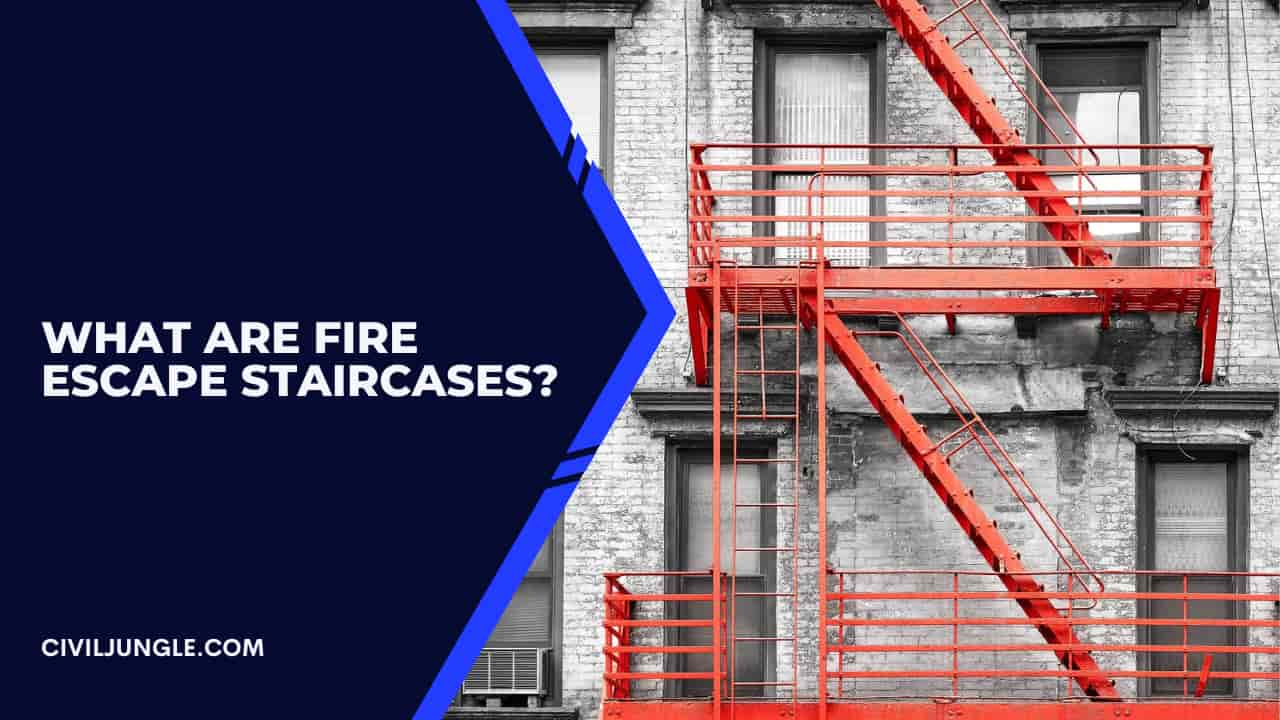
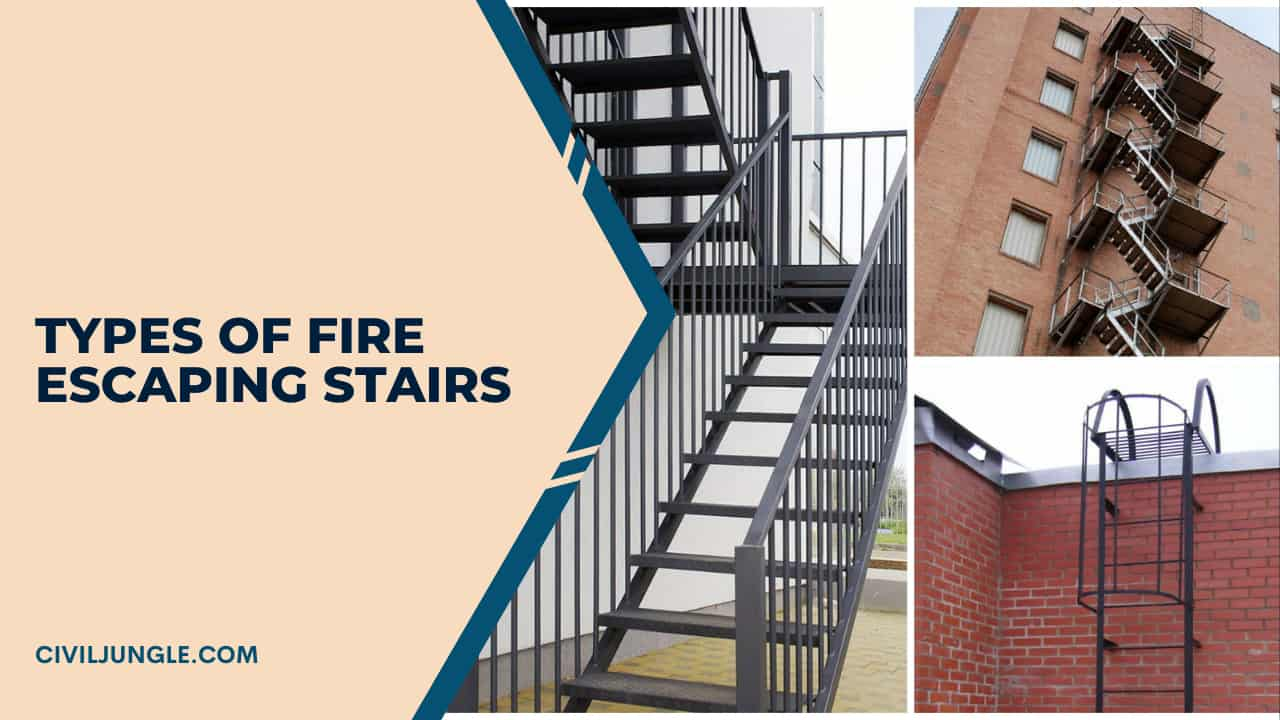
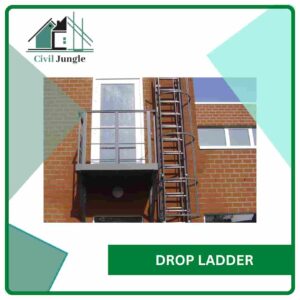

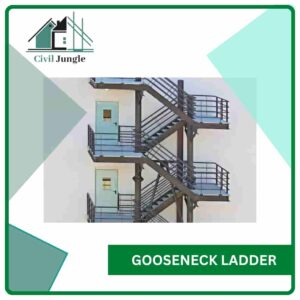
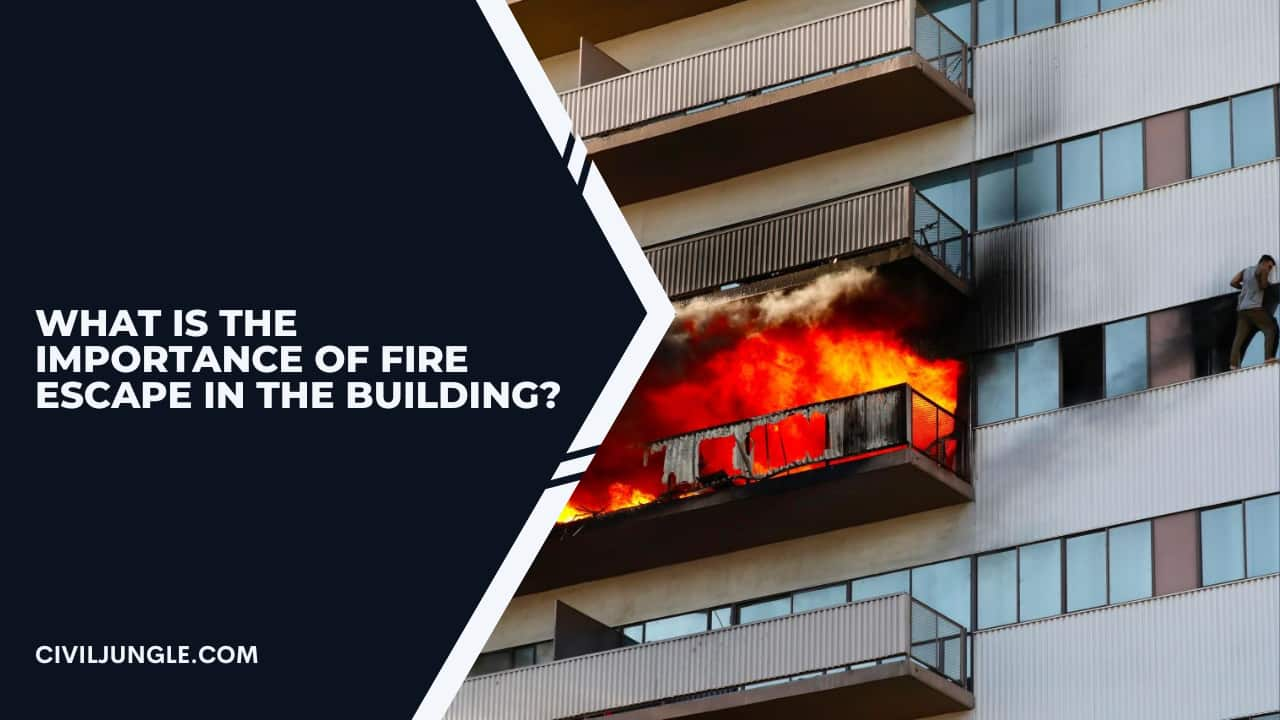
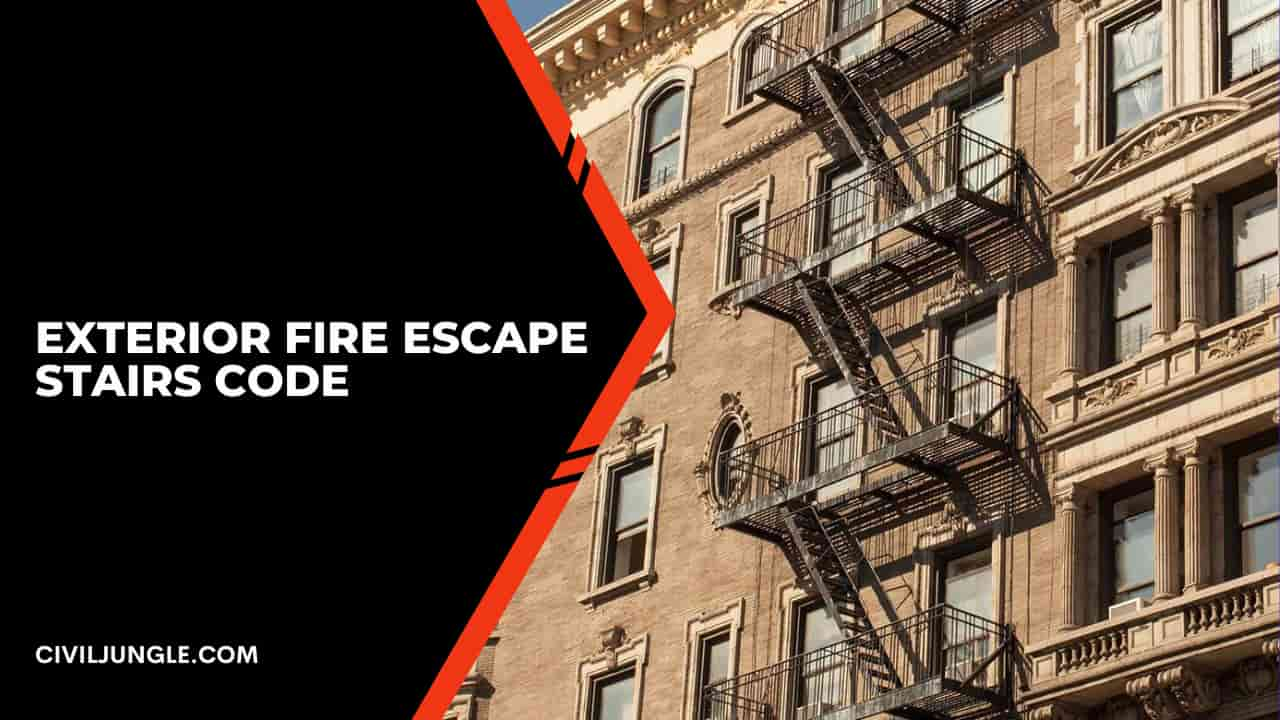
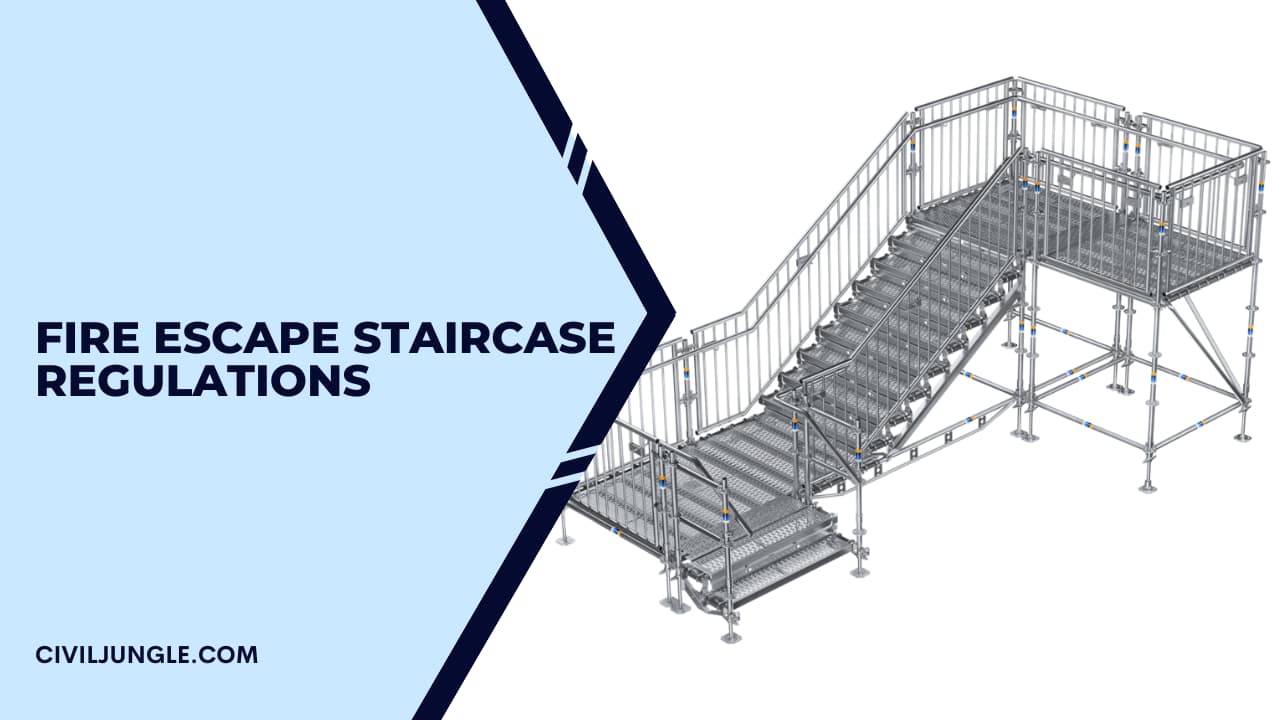


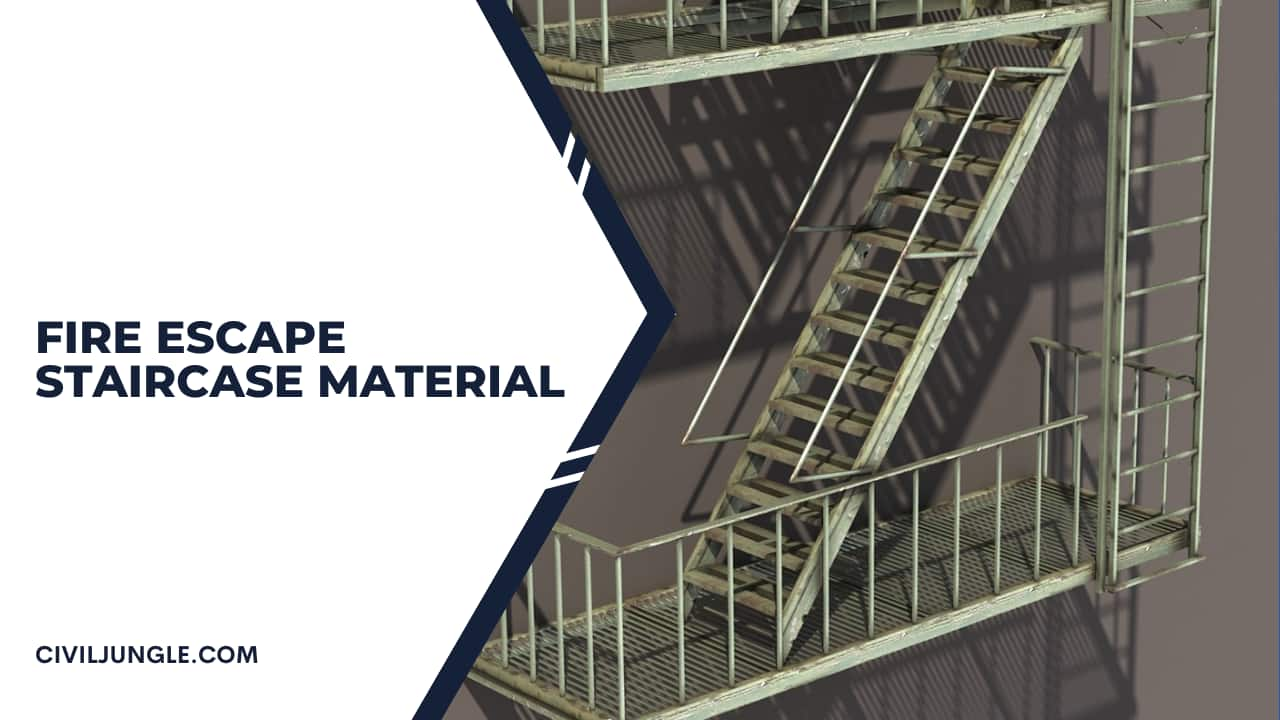

Leave a Reply